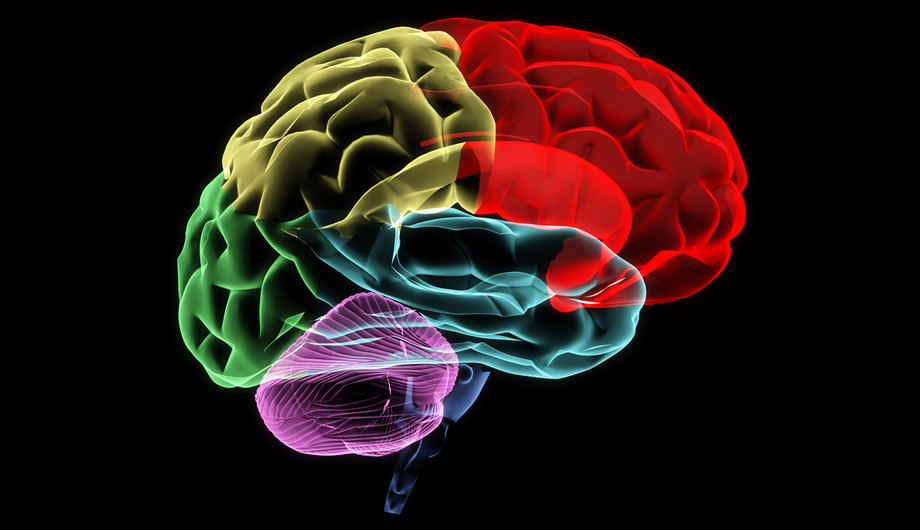The brain science of on-line pornography addiction and teen males
Neuropathways
Online pornography is fundamentally different from the Playboy or Penthouse of past generations. Its potency is far greater and its capacity for fueling addiction is much stronger, particularly for the teen brain. Its sheer power and intensity create a heightened level of stimulation that a young teen brain was never intended to experience. Because of this, the brain of a person regularly using porn can change and shape itself to resemble neuropathways similar to those of an alcoholic or drug addict.
Every thought, feeling, habit, or behavior in your life has a corresponding neuropathway that fires in your brain. These pathways are designed to function optimally. However, as the brain’s reward circuitry gets hijacked by the dopamine spikes caused by porn, the brain rewires itself for addiction and new neuropathways are created. Every time a person views porn, or eventually even thinks about porn, the burst of dopamine strengthens the connections between cells. The stronger the connection, the easier it becomes for cells to communicate on that path. This idea of the brain changing itself is called neuroplasticity. Whether learning mathematics formulas, learning to cook, or looking at porn, the more we use a particular neuropathway, the more our brain changes, making the pathway stronger.
Neurochemicals
Testosterone
This is a gonadal hormone (produced in the testis) involved in many processes in the body. One of them is the male sexual drive. Testosterone drives a man’s interest in sex. Mentally fantasizing triggers a reflexive response in the body to release testosterone, and the more one does this, the “wave” of testosterone continues to build. As male teens go through puberty, they begin to experience this as an intense and growing desire for sexual release. This wave of testosterone will occur if a man is thinking about or interacting with his wife, but it also happens when a male is staring at other women or a pornographic image.
Norepinephrine
Norepinephrine is the brain’s version of adrenaline. Unlike adrenaline, it is not a hormone circulating through the body, but like adrenaline, it is responsible for making us alert. It is the neurotransmitter that is responsible for helping us to wake up and fall asleep and helping us to stay alert at work or in class.
During sexual arousal, such as watching pornography, norepinephrine alerts the brain: “Something is about to happen and we need to get ready for it.” It “ramps up” the brain for activity.
Serotonin
Serotonin is a neurotransmitter tied to mood. Low serotonin levels can lead to someone struggling with depression. While not specifically tied to sex, when sexual arousal happens, serotonin is released in small packets in the brain, elevating someone’s overall sense of excitement and enjoyment.
Dopamine
The brain is wired in such a way that it wants to remember where our natural drives are satisfied. For instance, when we are thirsty and find water, the brain is wired to place significance on the place we found it so we can return to that place. Dopamine is the drive-related neurotransmitter that accomplishes this mental focus for us. When we have a natural craving, small packets of dopamine surge from the region known as the mesencephalon into our limbic system, which is a part of the brain responsible for emotion and learning. Because dopamine is about focus and significance, when we have a dopamine surge the sense we feel is, “I have got to have this thing. This is what I need right now, and here’s where I get it.”
Dopamine is not sexually specific like testosterone, but it is released during sexually pleasurable experiences. Dopamine is the way your brain remembers how sexual craving was satisfied in the past, pushing you to seek out the same thing in the future. When it comes to someone addicted to pornography, dopamine creates a sharp focus on finding porn.
Endogenous Opiates
The body produces natural forms of opium called endorphins. Endorphins relieve pain and, like opium, a euphoric feeling of well-being. A “runners high” is one example of a release of these endorphins. When a man ejaculates, these opiates are easily released, creating a “high” and a wave of pleasure coursing over the body.
Oxytocin and Vasopressin
Oxytocin and vasopressin are hormones released in the brain, and one of the times they are released is in response to ejaculation. These hormones help to lay down the long-term memories for the cells. They “bind” a person’s memories to the object that gave him the sexual pleasure. When someone returns to pornography again and again, this cements a “relationship” between a man and what he has seen in the pornography.
The result
As a male goes through his day, testosterone levels begin to increase as he stares at women or fantasizes about them, creating a desire for sexual release. Meanwhile, norepinephrine is being released, making his brain more and more alert and ready for action. Serotonin is also released, creating a sense of excitement about his sexual “payoff.” In addition, dopamine is focusing the mind, telling the brain, “You have to go back to the porn. That’s where the reliable payoff is.” Then the male seeks out porn and masturbates, releasing endogenous opiates in the brain, giving him a rush of euphoria. In addition, oxytocin and vasopressin are released, binding him to the images he sees.

